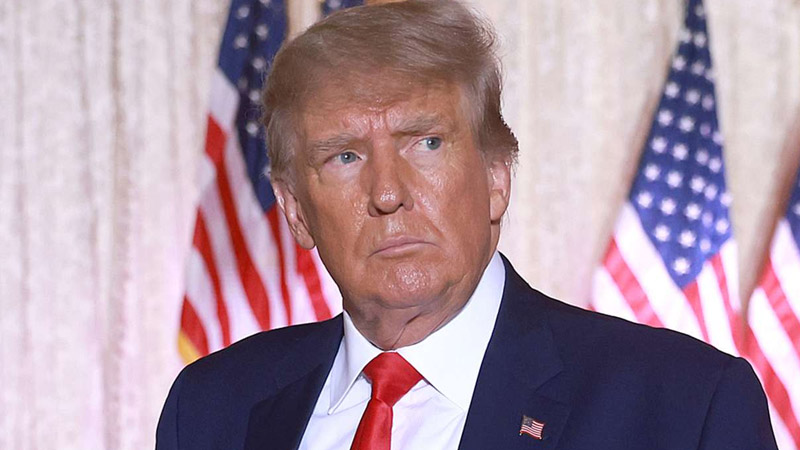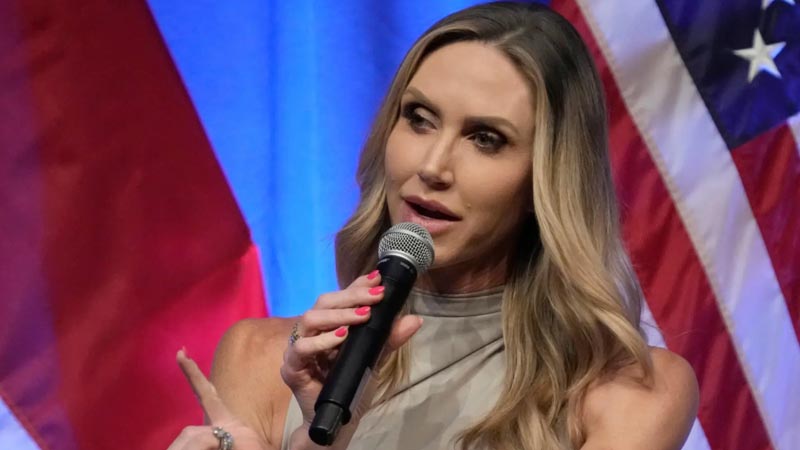Trump Faces High-Stakes Decision: Abandon Extreme Promises or Risk Political Chaos in Second Term Bid

PHOTO: JOE RAEDLE/GETTY IMAGES
As Donald Trump prepares for a possible second term in office, he faces a unique and consequential challenge, according to Jennifer Rubin, a former conservative-turned-anti-Trump columnist writing for The Washington Post. Trump, she argues, must make a critical decision: whether to abandon the extreme promises he made on the campaign trail or risk political and economic instability by fulfilling them.
Rubin suggests that Trump’s choices could lead to significant disruptions and potential harm for his administration and the nation. “He could, for example, enact draconian, across-the-board tariffs; begin massive roundups and deportations of law-abiding ‘dreamers;’ repeal the Affordable Care Act and major bipartisan legislation passed under President Joe Biden; and enact a new round of massive tax cuts for big corporations and wealthy individuals,” Rubin wrote.
But she cautions that if he follows through, it would “make himself extremely unpopular, induce economic and social chaos, and create political problems for his party in the 2026 midterms.” Rubin recalls a similar situation in Trump’s first term, when his attempt to repeal the Affordable Care Act (ACA) in 2017 met a swift backlash.
Voters responded by handing Democrats a decisive victory in the subsequent election. In the years following, Trump pivoted, even attempting to take credit for “saving” the ACA during his 2024 campaign. “By Trump’s own admission, there is no viable alternative,” Rubin notes, underscoring the risks Trump faces if he attempts to dismantle popular policies without a credible replacement.

A key area where this dilemma may resurface is immigration, a cornerstone of Trump’s appeal to his base. Rubin argues that immigration policy is especially precarious, as it holds symbolic value for his supporters yet carries steep economic and social costs. “Nothing was as near and dear to the hearts of legions of white supremacists and aggrieved MAGA supporters looking for a scapegoat for their economic ills,” she wrote.
However, the potential cost of enforcing a sweeping immigration crackdown could be immense. According to Rubin, the financial and societal impacts of a mass deportation program would be severe. “The price tag could be in the hundreds of billions; a dragnet of this size would require a sweeping police state, deprive Americans of millions of workers, upset economic progress, and create images as devastating as those we saw during the child separation debacle,” Rubin warns.
Such a move could damage Trump’s public image, potentially marking his presidency with an “economic crisis” of his own making. Trade policy is another area where Trump’s promises might collide with reality. The tariffs he has threatened to impose have raised red flags among economists, who predict that such measures would drive up consumer prices across the board.
Implementing them might lead to higher costs for everyday goods, impacting American families directly and potentially creating a backlash that could erode Trump’s support. In Rubin’s view, this choice places Trump in “a similar bind, forcing him to either pare down his ambitions or set himself up for ruin.” Ultimately, Rubin presents Trump’s second term as a test of priorities and pragmatism.
“Trump can choose to follow his radical ideological backers, or he can choose to be politically and economically successful. He cannot do both,” she concludes. This stark choice suggests that Trump’s success, if he secures another term, may hinge on whether he can temper his promises with political realism — or risk watching his administration fall victim to his own hardline commitments.
Rubin’s perspective highlights a tension between the expectations of Trump’s staunchest supporters and the broader public interest. As Trump steps into a potential new chapter, Rubin argues, he may find himself at a crossroads, where the political costs of extreme policies could jeopardize his legacy and reshape the political landscape ahead of the 2026 midterms.


